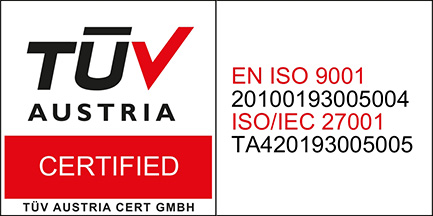How to survive component shortage?
It has been more than two years since the chip shortage started due to increased demand and disturbance in the supply chain.
The question is, how to survive this?
Option 1- Creativity to Finding Supply
- Talk directly to the chip manufacturer and see if you can get into a “priority program”. Certain chip vendors have this type of program. This is even possible for smaller customers who need a few hundred or a few thousand units. Also, we had cases where chips were delivered ahead of time, a few months before the promised deadline.
- If this does not work out, look for alternatives. Some vendors have a competitor cross-reference search and suggest part numbers that are potential alternatives.
- Consider using vendors like Union IC, Geehy, or GigaDevice that offer a pin-to-pin replacement for many known brands.
- In many cases, however, there is no drop in alternatives, so a redesign is required. In this case, securing quantities before finishing the redesign is essential.
- There are EMS companies selling excess components in stock, which can work as a short-term patch until you get your chips or finalize the redesign.
- Use parts with similar characteristics or those from a lower range (e.g., 5% tolerance instead of 1% will often do the job). Or use parts for industrial or extended range in commercial applications. Sure, it is expensive, but less than not producing.
- Optimize BOM: do you need both 15k and 10k resistors? Can you go maybe with 15k only, as it is less used, so fewer people is looking for it? Or, similar to a 100nF capacitor, would something with a different value work as a decoupling capacitor?
- SMD adapters for drop-in replacement parts – These adapters can be designed with a standard footprint on the bottom side so that these devices can act as drop-in replacements when components go out of stock. One possibility is to swap out an out-of-stock part with an alternative that has a different footprint; the 3D MID can be customized as an adapter between the two components.
Option 2- Design Around Supply Limitations.
- Use components that are available on the market at the moment of starting the new design
- Order components for the prototype at the very beginning. Otherwise, doing it once the design is completed can be too late, as they may no longer be in stock.
- Engage chip manufacturers upfront to secure stocks for pilot runs and mass production.
- If production quantities are high, consider having multiple designs: e.g., one with STM and another with Nordic, to reduce the risk of shortage or long lead times with one vendor.
- Create “Multi-footprint” components to support alternatives if the first choice is unavailable.
- Consider developing firmware using an operating system that enables porting from one MCU platform to the other with the least possible effort (for example, Zephyr RTOS)
- Develop firmware in a layered way so that the application is separated from the hardware abstraction layer and low level can be replaced in case the chip needs to be replaced with an alternative.
- Many chip vendors provide forecasts about supply and lead times. Stay informed.




